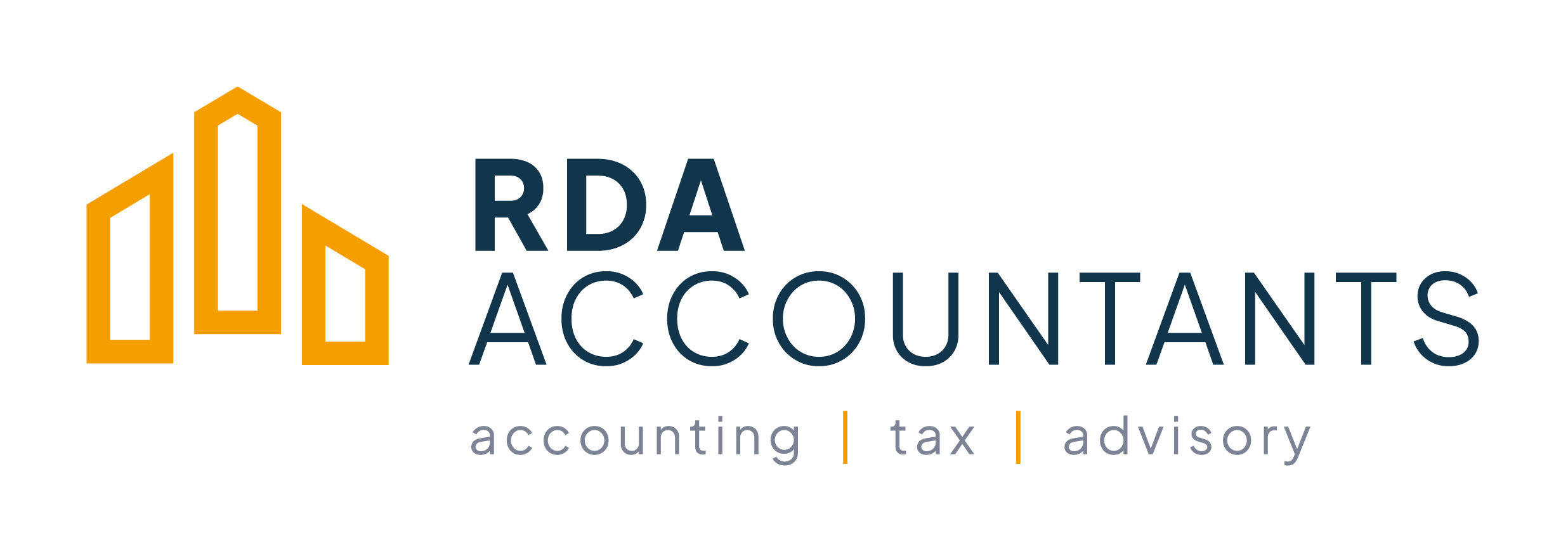As the owner of a business, the transition into retirement requires strategic planning,...
Small Business Owner Retirement Strategies
As a small business owner, it can be challenging to plan for retirement while running your business. However, it is crucial to have a retirement strategy to ensure financial security in your golden years. Here are some retirement strategies for small business owners.
-
Start Saving Early: As a small business owner, it is vital to start saving for retirement as early as possible. The sooner you start saving, the more time your money has to grow. You can contribute to a Personal Retirement Savings Account (PRSA) or a Self-Employed Pension (SEP). If you have employees, you can also offer a retirement plan to them, such as a Group PRSA or a Company Pension Plan.
-
Maximize Contributions: Take advantage of the tax benefits of retirement plans by maximizing your contributions. The contribution limits for PRSAs, SEPs, and Company Pension Plans are subject to annual changes. Consult with a financial advisor or an accountant to determine the maximum contribution limits and the best retirement plan options for your business.
-
Invest Wisely: Investing your retirement savings wisely can help you achieve your retirement goals. Consider diversifying your portfolio with stocks, bonds, and other investments. Consult with a financial advisor to determine the best investment options based on your risk tolerance and retirement goals.
-
Consider a Business Exit Strategy: Planning for the sale or transfer of your business can help you maximize its value and provide retirement income. Consult with an accountant, solicitor and a financial advisor to determine the best exit strategy for your business. For example, you could sell the business to a family member or employee or seek a merger or acquisition.
-
Stay Informed: Keep yourself informed about changes in tax laws and retirement plan regulations that may impact your retirement savings. Consult with a financial advisor or an accountant to stay up-to-date on the latest retirement planning strategies.
-
Evaluate Your Expenses: Analyse your expenses and determine where you can reduce costs to increase your retirement savings. Consider cutting back on non-essential expenses or negotiating better deals with suppliers.
-
Plan for Healthcare: Healthcare costs can be a significant expense in retirement. Plan for these costs by considering private health insurance or a Health Savings Account (HSA).
-
Review Your Insurance Coverage: Review your insurance coverage, including life insurance, disability insurance, and liability insurance, to ensure you have adequate protection in case of unforeseen events.
-
Consider Rental Income: If you own rental properties, rental income can provide additional retirement income. Evaluate your rental properties' profitability and consider investing in additional properties to increase your rental income.
-
Avoid Debt: Avoid accumulating debt in retirement by paying off any outstanding debts before you retire.
-
Work with a Financial Advisor: Consider working with a financial advisor to develop a retirement plan tailored to your needs and goals.
-
Use Tax-Advantaged Accounts: Take advantage of tax-advantaged accounts, such as a tax-deferred pension plan, to reduce your tax burden and maximize your retirement savings.
-
Consider Downsizing: Downsizing your home can provide additional retirement income and reduce your expenses. Evaluate your home's value and consider selling it or renting out part of it to generate income.
-
Evaluate Your Social Security Benefits: If you are eligible for Social Security benefits, evaluate your benefits and consider the best time to start receiving them.
-
Stay Active in Your Business: Consider staying active in your business after retirement by serving as a consultant or advisor. This can provide additional income and allow you to stay involved in your business.
-
Plan for Long-Term Care: Plan for long-term care expenses by considering long-term care insurance or setting aside funds for these expenses.
-
Consider Part-Time Work: Consider working part-time in retirement to supplement your retirement income. This can also provide social interaction and a sense of purpose in retirement.
-
Pay Yourself First: Make saving for retirement a priority by paying yourself first. Set up automatic contributions to your retirement accounts to ensure consistent savings.
-
Plan for Inflation: Inflation can erode your retirement savings over time. Plan for inflation by investing in assets that can keep pace with inflation.
By following these retirement strategies, small business owners can secure their financial future and enjoy a comfortable retirement. Don't forget to consult with a financial advisor or an accountant to tailor a retirement plan that suits your individual needs and goals.



